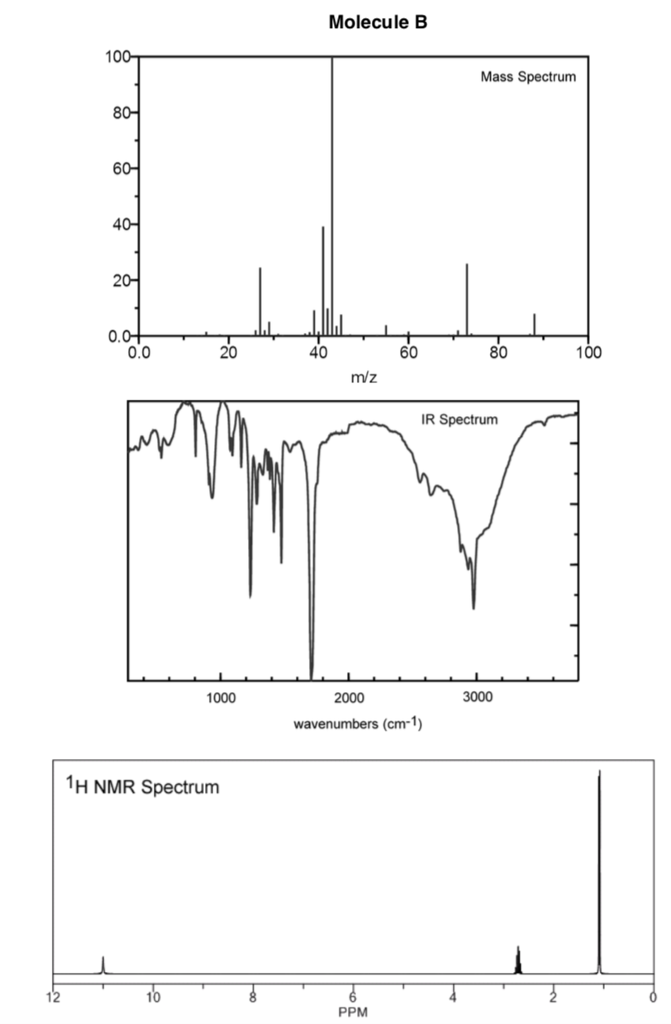
Type of ProtonFigure S27: Plot of the temperature dependence of 19F NMR chemical shift of TFE. Table 1: Common 1H NMR Chemical Shifts. It should be noted that chemical shifts can be dependent on solvent, concentration and temperature. ‘m’ denotes a broad peak with some fine structures. Since deuterium has a spin of 1, triplets arising from coupling to deuterium have the intensity ratio of 1:1:1. The NMR solvents used to acquire these spectra contain a maximum of 0.05 and 1.0 TMS (v/v) respectively.
+/- 0.05 ppm) :As you can see from the table above, the more electronegative atoms, attached to the carbon, bonded to the proton of the interest, will de-shield the hydrogen and therefore the more downfield the peak will be. Click and then click on the reference peak in the active spectrum In the following dialog, set the proper chemical shift for the reference peak, check Auto Tune, and define a tuning region (e.g. R alkyl group Ar aromatic ring, Note: aldehyde (-CHO) proton usually does not such as phenyl (Ph) couple with neighboring Hs so appears as a singlet. If a protic deuterated solvent is used (e.g., D 2O or CD 3OD), then the NH and OH protons will exchange with the deuterium and the peaks will shrink or disappear 2entirely, since D (H) does not show up in the 1H NMR spectrum.

1.3 Proton Exchange:The peaks produced for O- H, N- H and S- H are usually " broad". This will result in production of a magnetic field, which will reinforces the strength of the external magnetic field applied to the analyte. Global Spectrum Deconvolution (GSD) is a novel qNMR technique for an automatic peak analysis of NMR spectra.In aromatic compounds, the electrons are delocalised below and above the ring, due to the resonance structures.
There are two peaks indicating two different chemical environments and lastly, the peak intensity at 2 ppm is three times larger than 5 ppm, this is because there are three protons in the same chemical and magnetic environment at 2 ppm, and only one at 5 ppm. As expected, the de-shielded hydrogen has a larger chemical shift (5 ppm) than ones that are not (2 ppm). So lets take a look at the NMR spectrum of dichloroethane below:We are going to start with the chemical shifts first. This is because those other protons also produce a magnetic field which will affect the proton of the interest You might think that things are getting complicated but the splitting pattern is absolutely crucial to find the structure of the compounds, as you will find out soon.Nothing is better than an example, to teach you how coupling works. If there are other protons adjacent, that singlet peak, will turn into to multiplet. 1.5 Spin-Spin Coupling:You might expect, analysing a proton will result in a single signal in the NMR spectrum, however this is not always the case for 1H NMR.
For this reason the order of arrows being up and down does not matter and just the number of protons with the specific orientation matter. It is important to note that Hbs are attached by sigma bond to carbon and therefore they can rotate. If we represent these orientation with arrows, one pointing up and one pointing down, it would be much easier to explain how splitting occurs:The diagram above represents the splittings for hydrogen in environment "a".As you can see there are four orientation possibilities in total for the neighbouring hydrogens, as shown by arrows pointing in different direction. The general equation for simple couplings is:The Spin Quantom Number for 1H and 13C is (I = 1/2), and as a result they have 2 orientations. The reason for this coupling is the fact that protons can orient against or with the field, meaning two possibilities for each proton.

1.8 Benzene Splittings:Benzene has an aromatic ring and as explained before, the protons are highly de-shielded and the signals are shown at around 6-7 ppm. As an example, in the triplet, the middle signal is twice as much as the others, meaning the proton will experience that coupling twice as much as the others. The intensities within each splitting, is proportional to the probability in which the proton, will experience such a coupling. What would happen then is that the middle signals will overlap leading to one signal and consequently a triplet for that proton, like the diagram on the left hand side.The general formula for these types splittings is:Now lets take a look at the intensities of splittings. Now lets imagine the J constant for both splittings are equal. It is best explained by the examples in the diagram below:As you can see Hb and Hc have different environments, with different J constants which will lead to quartet rather than triplet.
Mestrenova Nmr Peak Broad How To Interpret All
2.1 13C Chemical Shifts:The chemical shifts happen for the same reasons as 1H NMR with regards to polarisation and all the other factors. 13C NMRThe 13C NMR is a bit different from 1H NMR in two aspects:1) They are usually "Decoupled" therefore no splitting is seen in them.2) They range from 0-250 ppm as explained in theory section.The 13C NMR is mainly used in combination with 1H NMR for structural determination. As a result, it is suggested to read more about the aromatic's NMR in textbooks, because they have got much more examples which will help you to learn how to interpret all those splittings.


 0 kommentar(er)
0 kommentar(er)
